Color contrast in movies
Cinema is not only an interesting story, plot and acting. The movie is the sets, costumes, music, and of course color. In most cases we don't notice what a huge role he plays. Consider some color techniques, which are used in the industry.
Complementary contrast
Complementary colors are used to bring more vivid color contrast, such colors complete each other perfectly. When our eyes notices harmony of the opposites the brain attention is accentuated on this target. Color contrast allows to amplify perception of crucial and dramatic moments. That’s why filmmakers frequently use this technique.
Combination of red and green colors are often used in a combats between good and evil. Notice the shot from “Star Wars” movie with two light swords crossed or a fight scene from “Harry Potter” series.
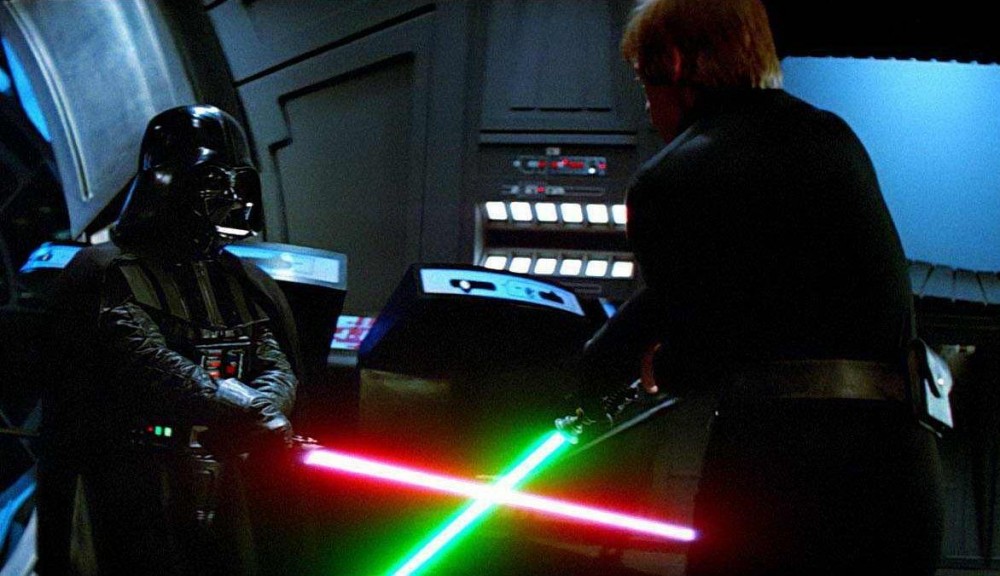

Color contrast is never used during the whole film screenplay, despite of all its benefits. The difficulty is that constant usage of bright colors are not enough to obtain necessary effect on the viewer. The contrast should be only used when neutral and smooth scenes are combined with visually saturated.
A change of palette
Video pallet contrast can be used to clearly define the character state. In The Matrix trilogy all the events happens in real world of Zeon or in the cabin of Nebuchadnezzar are shown in more realistic colors with a light shade of blue and gray. The Matrix virtual world is shown in greens – the light of the binary code.
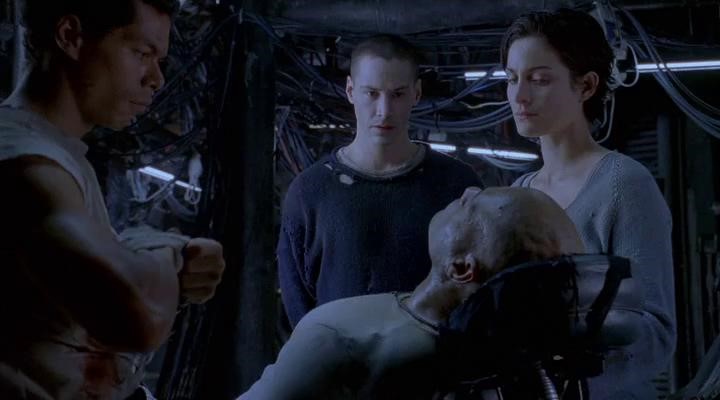
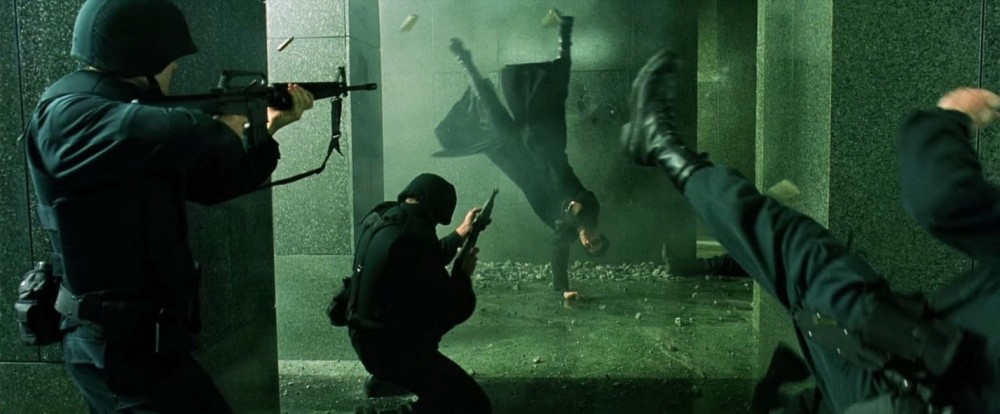
Such contrast helps us to navigate what is happening, to accurately understand in what world events occur, and thus better perceive what is happening on the screen.
A similar effect was used in «Oz the Great and powerful», and not only in the modern film adaptation, but in the first film «the Wizard of Oz» in 1939. The real world is shown here faded, black-and-white. While fairy-land is demonstrated to the viewer in a very bright, intense palette.
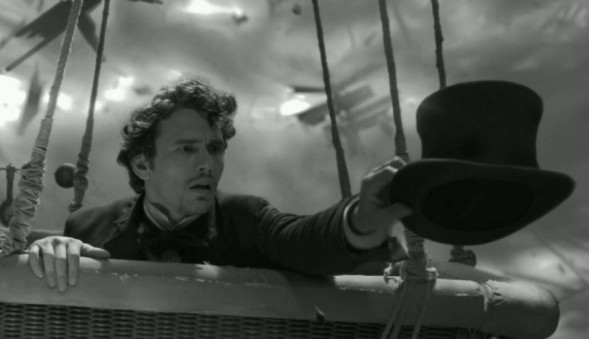
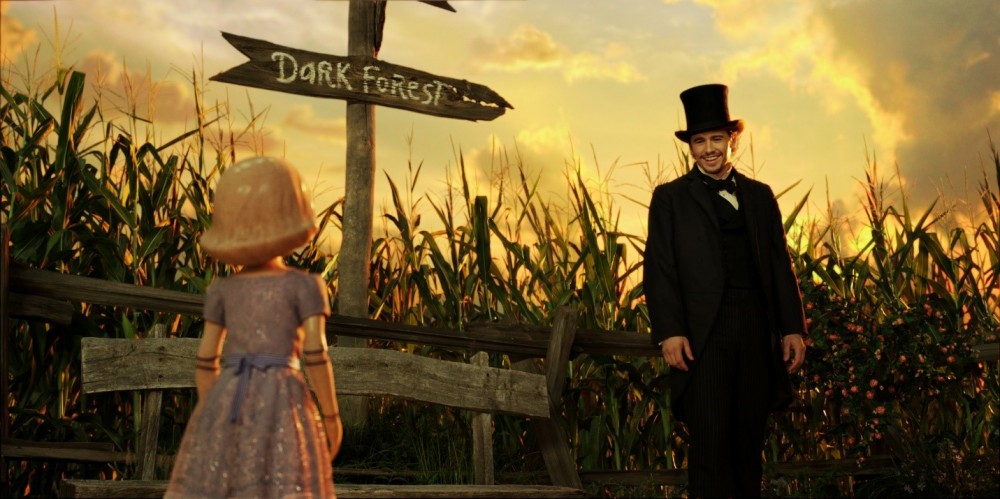
In a series of films about the young wizard Harry Potter still applies the color contrast, but still a little different, not so dramatically as in other examples. Many may have noticed how the color palate changed from film to film.In the first parts, warm pastel colors prevail, but after a while, when events begin to acquire an increasingly serious manner, the colors also change.
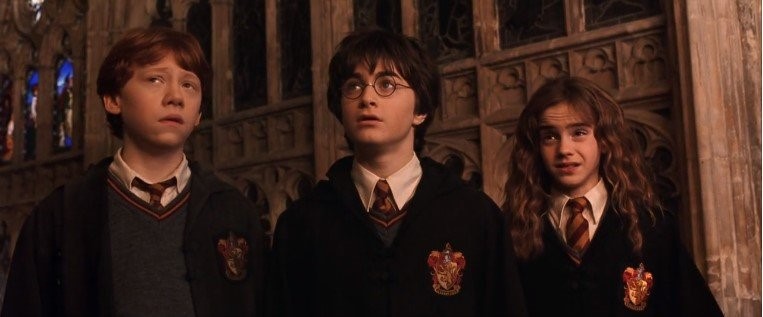
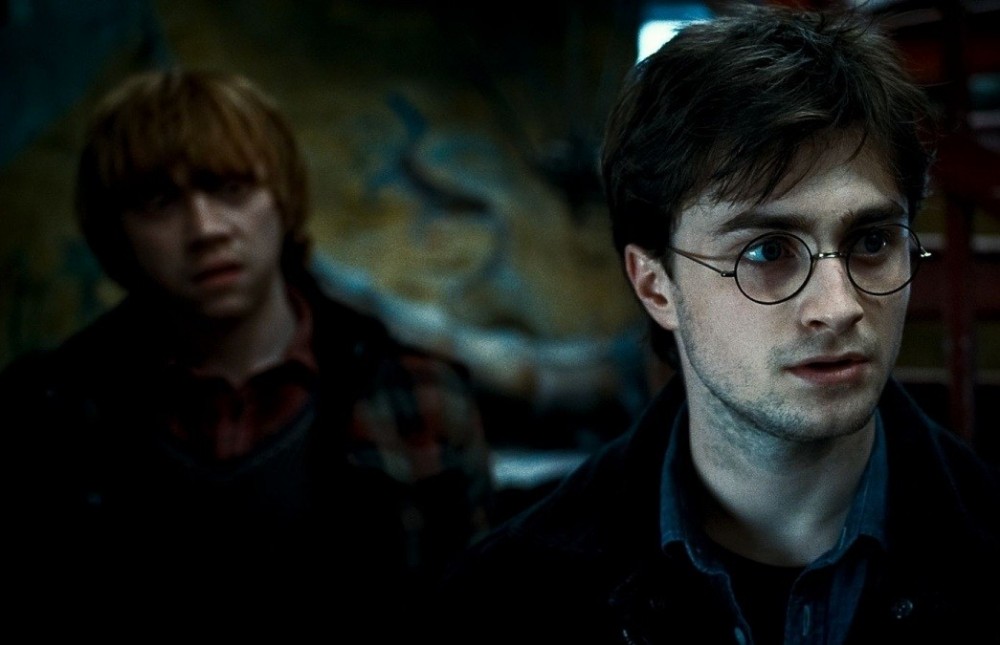
Color correction in the film becomes much more gloomy, with a predominance of cool shades and green. The last films, namely, the first and second part of the «Harry Potter and the Deathly Hallows» are more like a fantasy thriller than the fairy tale about the wizards whose Harry Potter was at the very beginning.